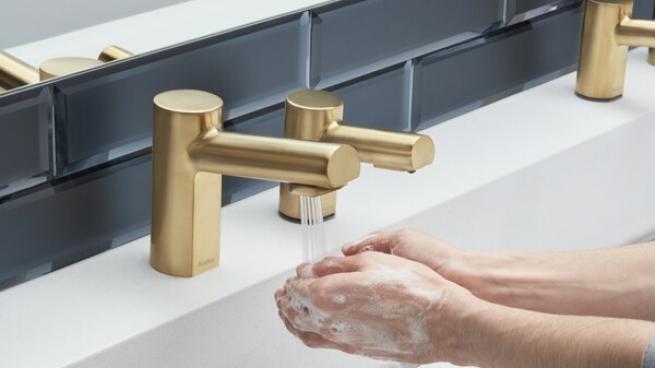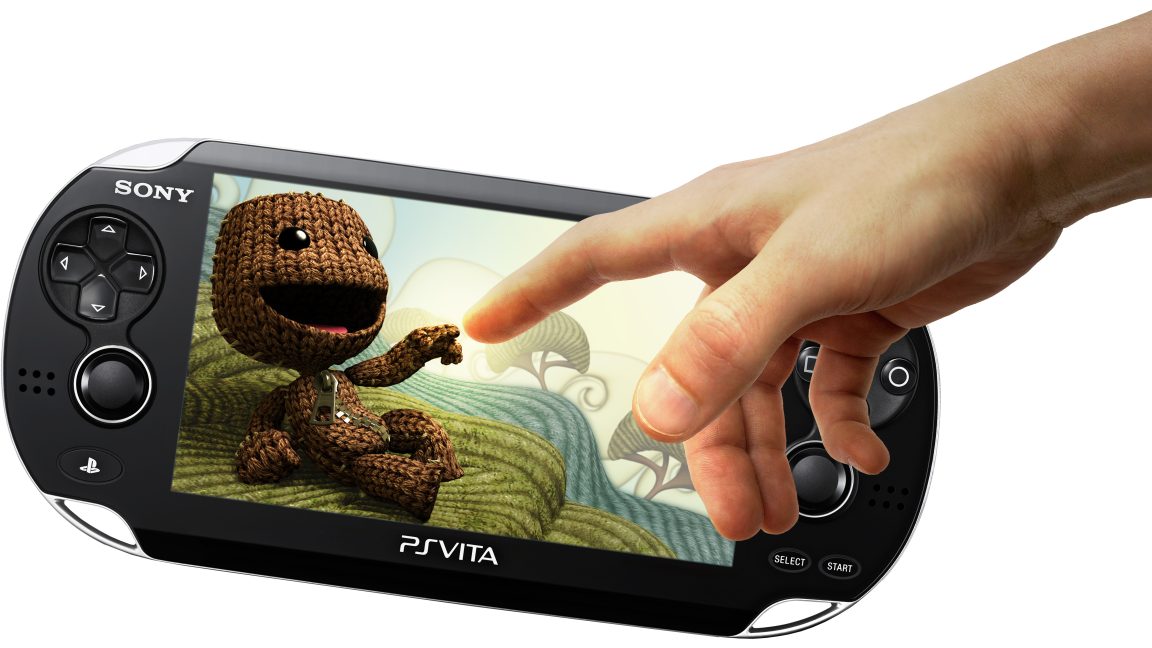Bussiness
Survey: Clean, well-maintained restrooms are good for business

Here are some of Bradley’s 2024 “Healthy Handwashing” study’s biggest takeaways:
•Despite being four years out from the COVID-19 pandemic, people remain in an elevated state of germ consciousness, causing sensitivity to restroom cleanliness, with 80% of Americans saying they are now more conscious about coming into contact with germs because of the coronavirus.
•The facilities that cause people the most concern about germs are: 1) stores, 2) health care establishments, 3) restaurants, and 4) gas stations.
“Like the iPod forever changed music and 9/11 changed air travel, COVID will forever change public bathroom design,” Dommisse said. “People want clean, well-stocked restrooms that they don’t have to touch.”
•Almost 70% of Americans use a paper towel as a barrier between themselves and flushers, faucets and doors. And 46% use their foot to flush a public toilet — much to the dismay of building maintenance staff responsible for fixing broken flushers.
•With so many people cautiously avoiding contact with restroom surfaces, it follows that 86% believe it is important to have touchless fixtures in a public restroom. Seventy-percent are more likely to return to a business that offers touch-free technology such as faucets, flushers, soap and towel dispensers in its restrooms.
•When asked the most important improvement they’d like to see in restrooms, respondents said, “clean them more regularly and keep them better stocked.” Next on the wish list is making everything touchless.
“Even if it means investing in an additional staff person, our survey responses tell us you should make restroom cleanliness and proactive maintenance high priorities at your business,” added Dommisse. “It’s an investment in customer satisfaction, brand image, and health and safety.”
The annual Healthy Handwashing Survey from Bradley queried 1,003 American adults Jan. 4-9, 2024, about their handwashing habits, concerns about seasonal viruses and their use of public restrooms. Participants were from around the country and were fairly evenly split between women (51%) and men (48%). 1% of survey respondents selected other.









